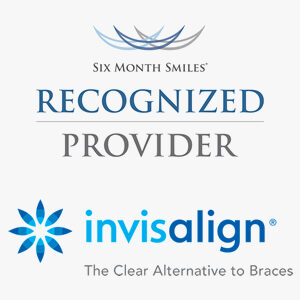Braces can be a big decision, especially if you’re an adult or a teen unsure of what to expect. While newer options like clear aligners often get the spotlight, traditional braces remain one of the most trusted, effective, and affordable orthodontic treatments available today. If you’re feeling anxious or uncertain, don’t worry, you’re not alone.
This blog will walk you through how traditional braces work, why they’re still widely recommended, and how they could be the perfect fit for your smile goals.
How Do Traditional Braces Work?
Traditional braces use a system of metal brackets, wires, and elastic bands to gently apply pressure and move teeth into the correct position over time.
Here’s a step-by-step look at how they function:
- Brackets are bonded to the front of your teeth.
- Archwires connect the brackets and act as the guiding force to shift teeth.
- Elastic bands (ligatures) help control movement and add pressure where needed.
- Over time, your orthodontist adjusts the tension to gradually align your teeth and bite.
Treatment typically lasts 12–24 months, depending on your case.
If you’re considering traditional metal braces for adults and teens, it’s helpful to know they’ve evolved in comfort and efficiency over the years.
Why Choose Traditional Braces?
While some people are drawn to newer options like Invisalign, traditional braces offer unique advantages:
1. They Work for All Cases
Traditional braces are ideal for braces for complex orthodontic issues such as:
- Severe crowding or spacing
- Overbites, underbites, and crossbites
- Rotated or impacted teeth
If you’ve been told that aligners aren’t a good option for you, braces for adults with crowded teeth or other complex needs might be your best bet.
2. They’re More Affordable
Compared to some newer treatments, traditional braces tend to be more budget-friendly, especially for families and teens. Many dental offices also offer flexible payment plans, making them a great choice for those seeking affordable Orthodontic Treatment.
3. They Don’t Require Discipline
Unlike clear aligners that must be worn 20–22 hours a day, braces are fixed in place, so there’s no temptation to take them out (or forget to wear them).
Common Concerns (And the Truth)
Worried about discomfort or appearance? It’s normal to be concerned, but the reality might surprise you:
- Modern braces are smaller and more comfortable than they used to be.
- You can now choose ceramic (tooth-colored) brackets for a less noticeable look.
- Any soreness usually subsides within a few days after adjustments.
Pro tip: Use orthodontic wax and stick to soft foods during the first few days.
Caring for Traditional Braces
Good oral hygiene is key during orthodontic treatment. Here are some tips:
- Brush after every meal using a soft-bristled brush
- Use floss threaders or water flossers to clean between teeth
- Avoid sticky, hard, or chewy foods (like gum, popcorn, and caramel)
Regular checkups will help your orthodontist keep your treatment on track. If you’re undergoing orthodontic treatment for severe crowding of teeth, following care routines is especially important.
Are Traditional Braces Right for You?
Ask yourself:
- Do you have moderate to severe alignment or bite issues?
- Are you looking for a proven and effective treatment?
- Do you prefer a cost-effective option with predictable results?
If you answered yes to any of these, traditional braces could be your ideal solution.
Next Step: Book a Consultation
The best way to know what’s right for you is to book a consultation with an experienced orthodontist. They’ll assess your needs and recommend the best type of treatment based on your goals, lifestyle, and budget.
Braces don’t have to be scary—they’re a step toward a healthier, more confident smile. And with modern techniques, they’re more comfortable and effective than ever before.
Ready to take the first step? Schedule your consultation today and find out if traditional braces are right for you.


